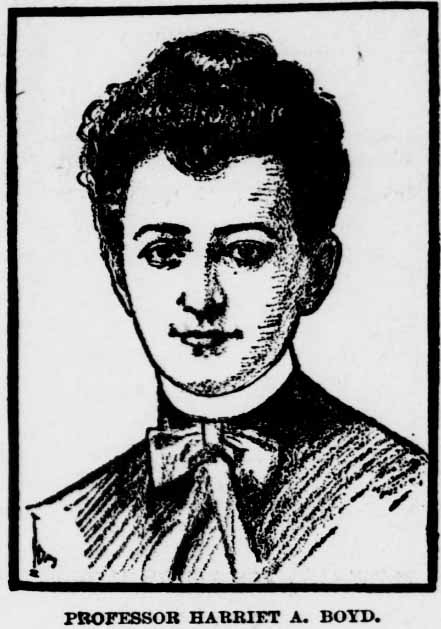
Gournia, a Minoan palace complex, was discovered by the American archaeologist Harriet A. Boyd-Hawes.

Notable Women
Harriet A. Boyd, the American Archaeologist Who Unearthed Gournia In Crete
Among the collections in the museum of the University of Pennsylvania are several tons of duplicate specimens from the ruins of Gournia, the ancient Cretan city unearthed by Harriet A. Boyd. These were sent to the Pennsylvania university because the generosity of wealthy Philadelphian citizens made it possible for the woman archaeologist to prosecute her researches.
The most important event in years in the exploration of ancient ruins has been Miss Boyd’s discovery of the bronze age city of Gournia. It has been buried so many centuries that even its existence had been forgotten.
Miss Boyd is an 1892 graduate of Smith college. She already knew what she was going to be – an archaeologist and explorer. Soon after leaving school she went to Athens to study in the American college there. She returned to her own land and became an instructor in archaeology at Smith, only to leave it and go to Crete. In 1891 she unearthed Gournia.
And yet, with all her scientific labors, her fate matrimonial overtook her even among ruins. She is soon to be married to Professor Charles E. Hawes, instructor in archaeology and anthropology at Cambridge University, England, where her future home will be.
Source: The Evening statesman. (Walla Walla, Wash.), 05 April 1906.

